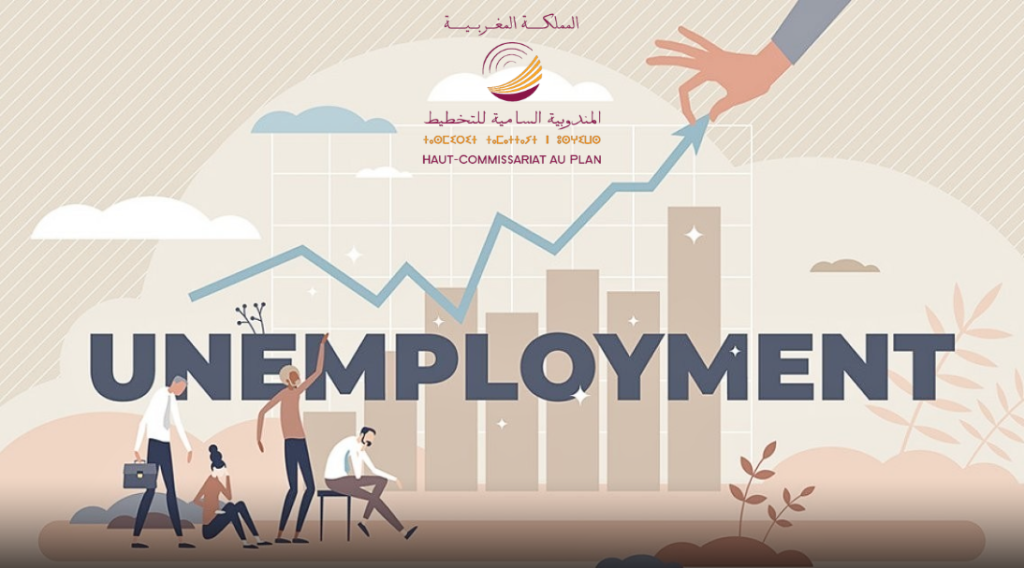In 2023, the working-age population (aged 15 and over) reached 27,888,000, of whom 12,171,000 were economically active, representing 43.6% of an activity rate, and 15,717,000 outside the labor market. This data comes from a report by Morocco’s Statistics and Forecasts Office (HCP), released on Tuesday.
The number of employed individuals fell by 0.2% between 2022 and 2023, showing a 1.8% increase in urban areas but a 3.5% drop in rural areas. This decline, combined with the increase in the working-age population (aged 15 and over)–estimated at 1.4%–resulted in a 0.7 point decrease in the activity rate between 2022 and 2023, to 43.6%.
The fall in the activity rate was more marked in rural areas (-1.8 points) than in urban areas (-0.1 points), dropping from 49.1% to 47.3% and from 41.9% to 41.8%, respectively, between 2022 and 2023.
Women are more affected by this decline than men, with a 0.8 % drop and an activity rate of 19% in 2023, compared to a 0.6 % drop for men (69%).
The working population profile reveals that, in 2023, this population increased in urban areas (around 63.5% of the working population live in towns), less feminized (the feminization rate is down to 22.1%), young (those under 35 represent 39.6% of the total working population), and low-skilled (48.2% of the working population are not schooled or have only basic schooling).
Youths aged 15 to 34 account for 34.2% of total employment (8.1% for 15-to-24 year-olds and 26.1% for 25 to 34 year-olds).
The employment rate reached 38% nationwide; specifically, 34.8% in urban areas and 44.3% in rural areas.
The employment rate is 61.1% for men and 15.5% for women. It is 53.8% for the 35-44 age group and 14.5% for the 15-24 age group.


